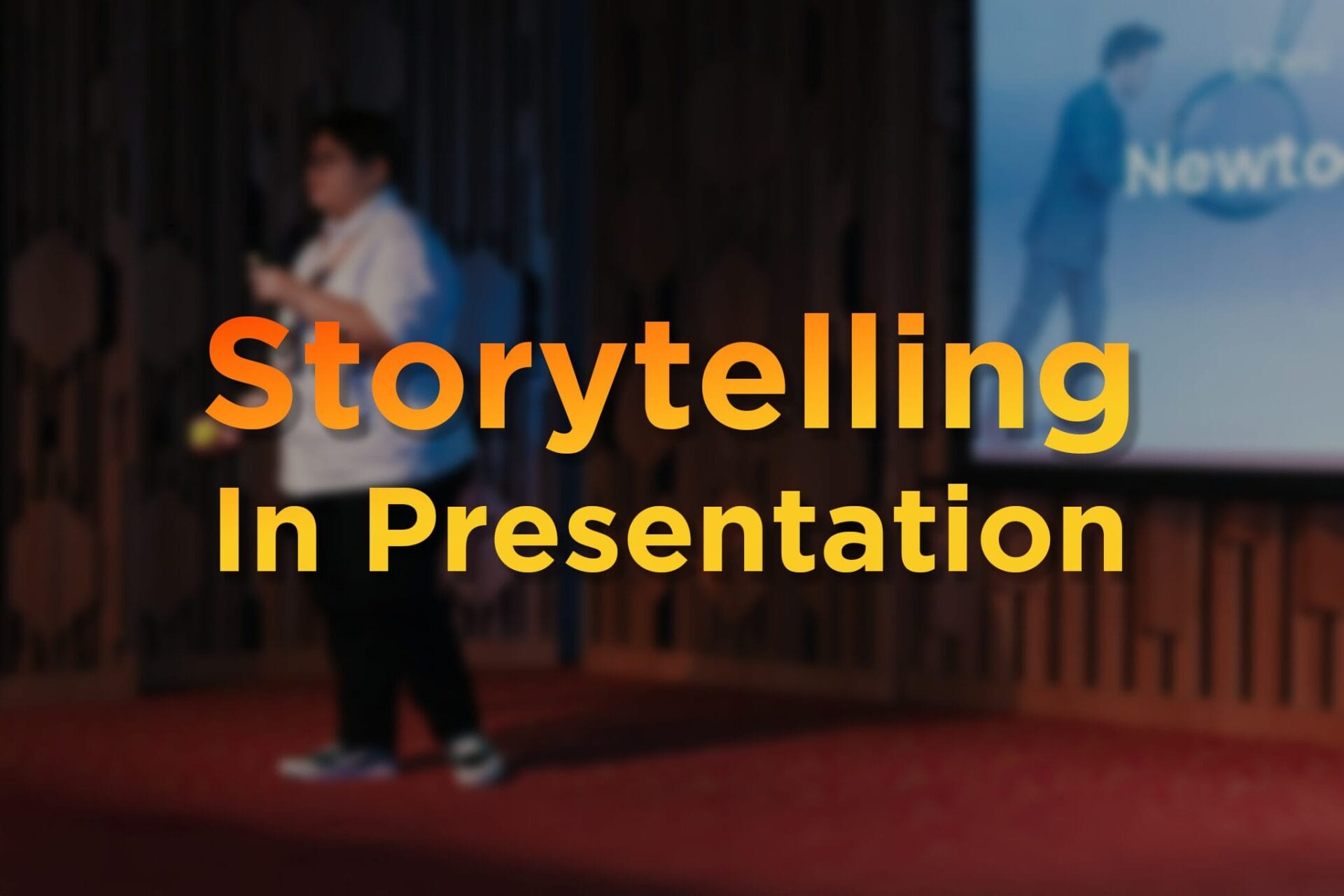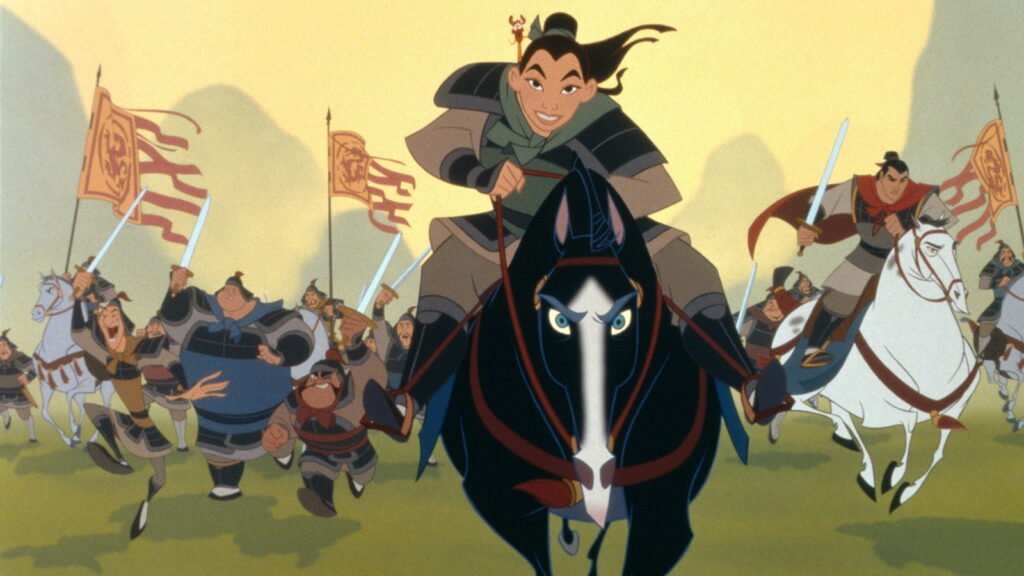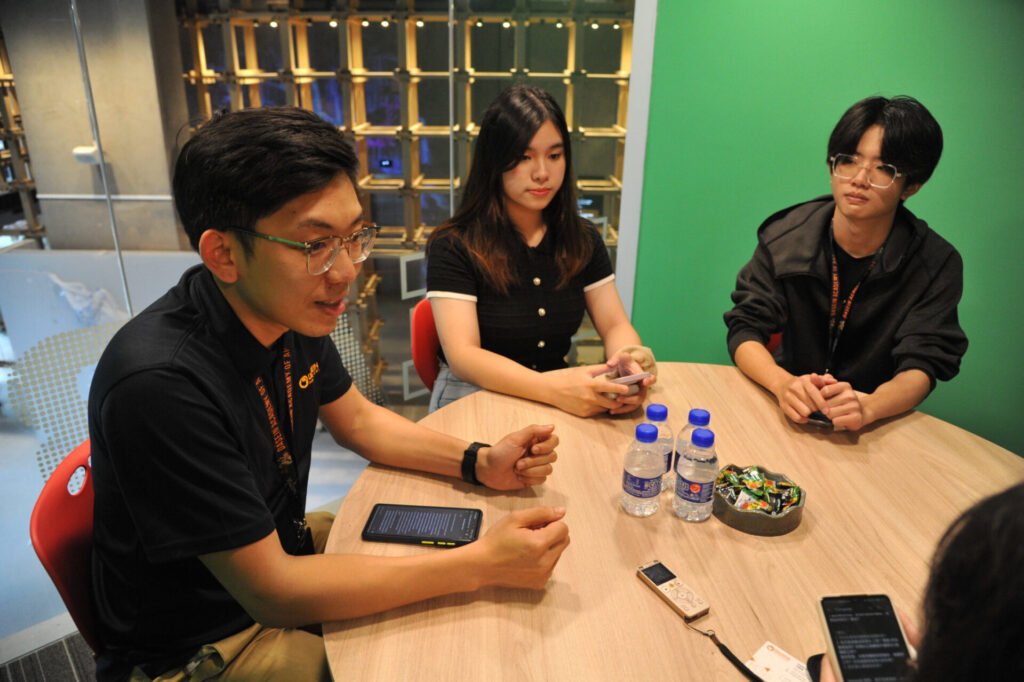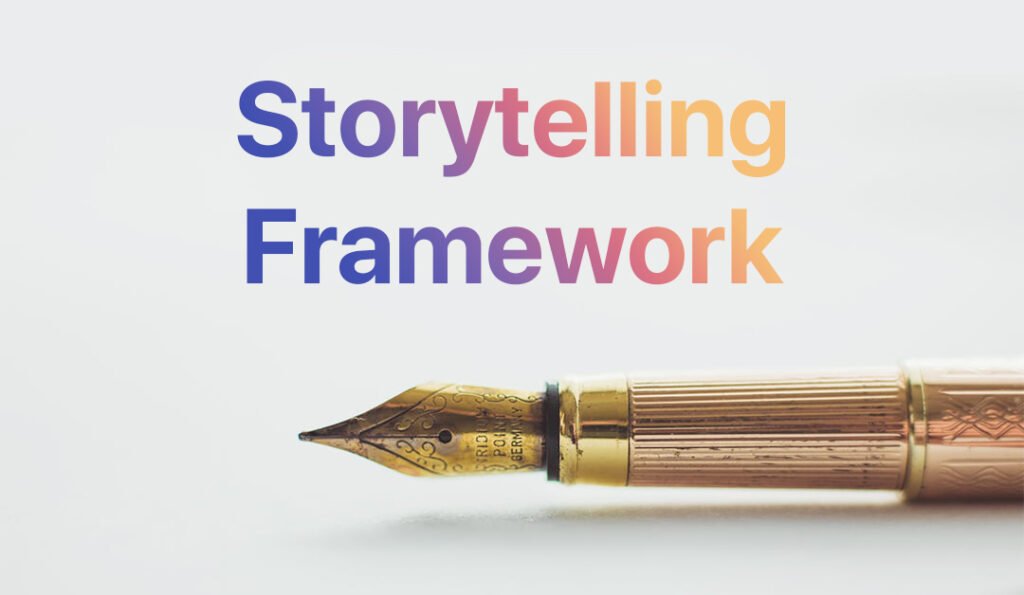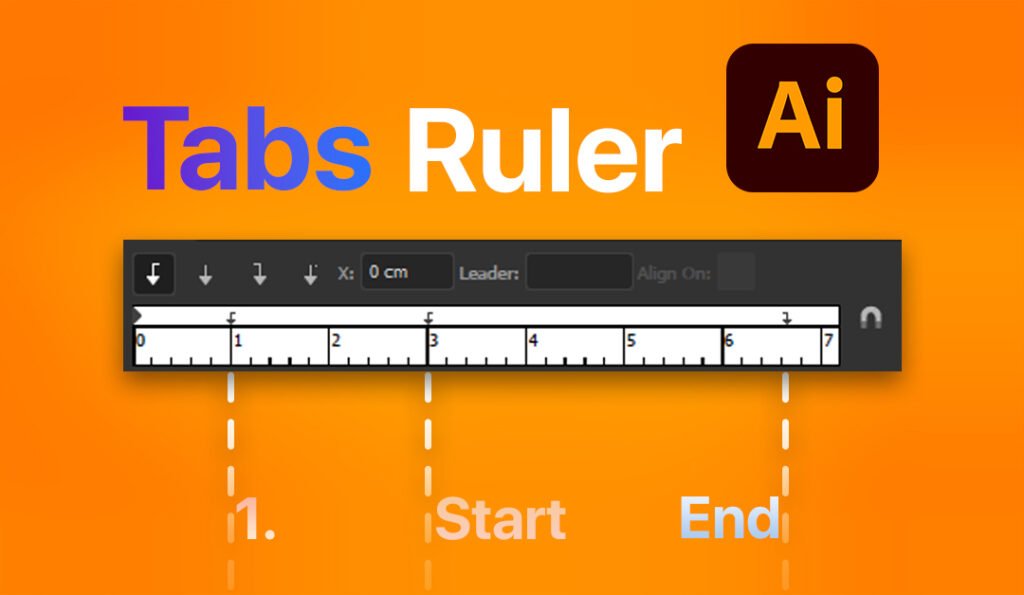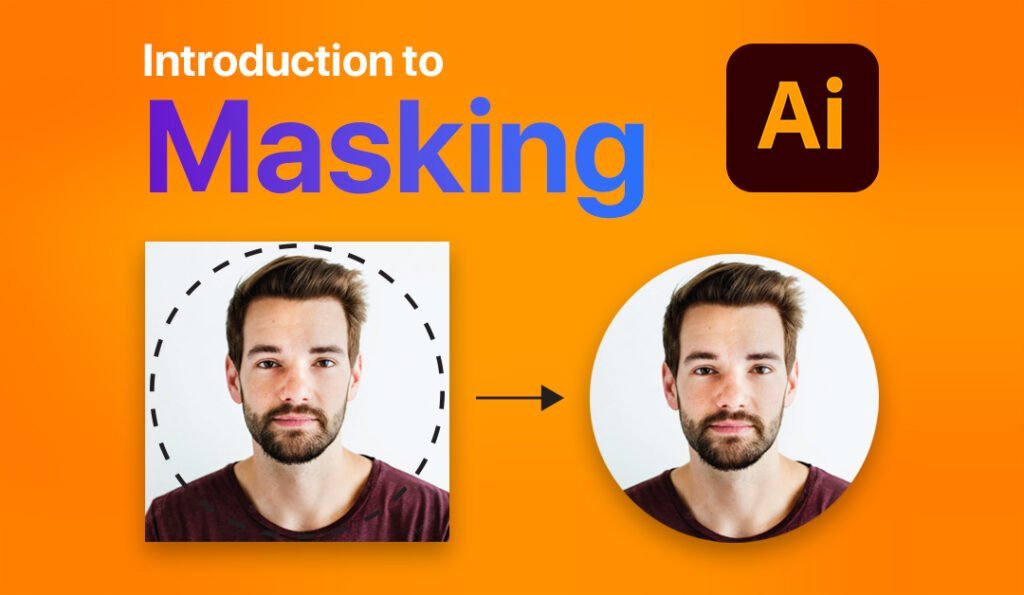Have you ever watched a presentation that kept you engaged from start to finish? The secret isn’t just in the slides or facts—it’s in storytelling. A well-told story makes your message clearer, more relatable, and easier to remember.
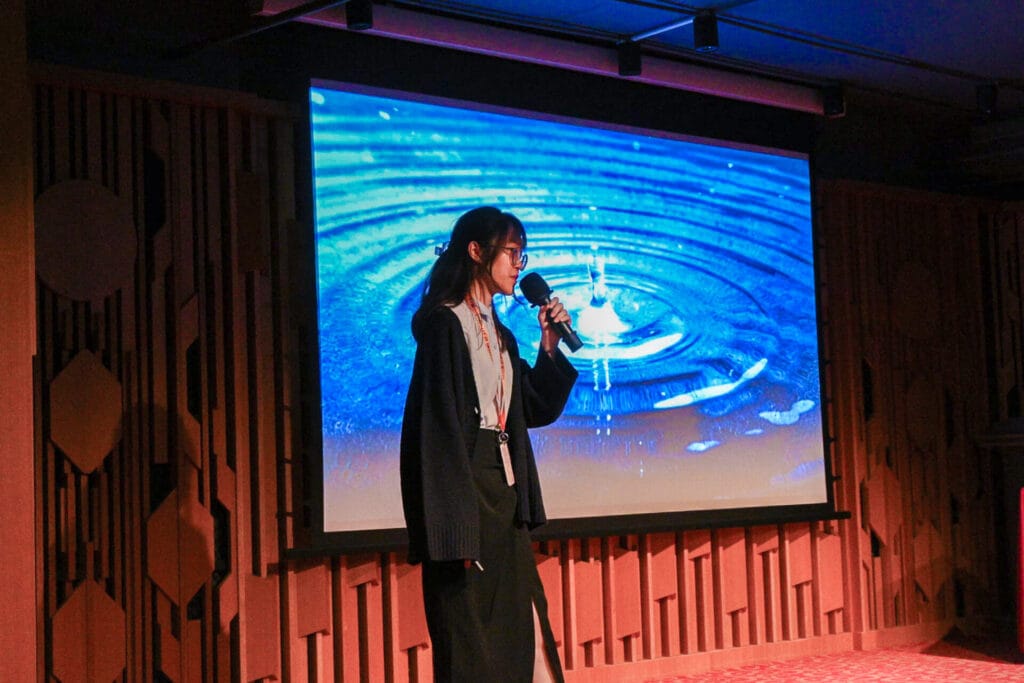
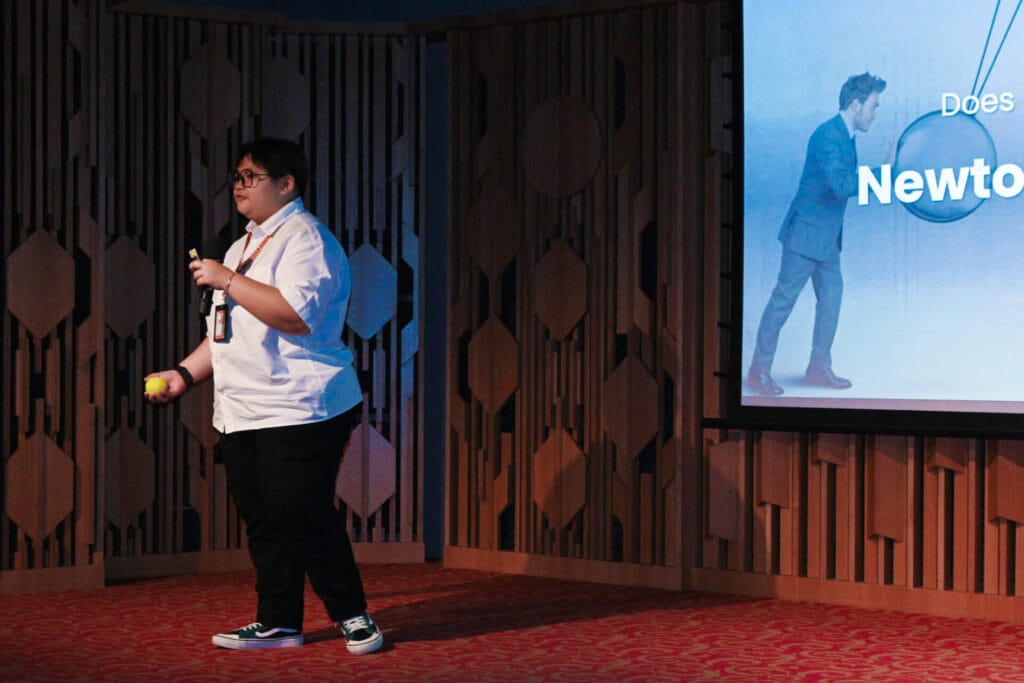
In this post, I’ll share a simple technique to help you design a compelling story for your presentation—just like the best speakers do. Whether you’re pitching an idea or presenting a project, this method will help you connect with your audience and make your message stick.
These are the main 8 elements you should include in your presentation.
- Opening Hook: Start with a compelling statement or a personal anecdote that grabs attention and sets the stage for the theme of the talk.
- Setting the Context: Briefly introduce the background information necessary for the audience to understand the topic. This could be a mix of personal experiences, statistical data, or historical facts.
- Identifying the Problem: Clearly define the problem you are addressing.
- Exploring the Issue: Dive deeper into the specifics of the problem. Discuss the significance of your target audience, what’s at stake, and why it matters on a larger scale.
- Introducing the Solution: Present your strategy or solution to the problem. Explain how the proposed solution can help achieve the goal.
- Showing Impact and Benefits: Use examples or potential outcomes to illustrate how your solution could positively affect the target audience and broader society.
- Call to Action: Conclude with a strong call to action, encouraging the audience to engage, support, or learn more about the topic.
- Closing Thought: Leave the audience with a final thought or reflection that reinforces the importance of your message.
Case Study #1
Now before we begin, please watch this TedTalk presentation that I find absolutely amazing, and we will do a breakdown using the 8 elements above.
1. Opening Hook:
- The talk opens with a reference to a memorable scene from the movie “The Blues Brothers,” where the characters experience a train passing by so frequently that it becomes unnoticeable. This personal anecdote is engaging and sets up the theme of habituation and noticing the unnoticed in everyday life.
2. Setting the Context:
- The speaker introduces themselves as a product designer whose job is to notice and improve everyday things. This establishes the relevance of their professional background to the topic.
3. Identifying the Problem:
- The core problem is introduced as the human tendency to habituate to everyday annoyances and inefficiencies, such as the little sticker on fruit, which most people learn to ignore.
4. Exploring the Issue:
- The speaker delves deeper into the concept of habituation, explaining how it serves a useful purpose by freeing up brain capacity but also prevents us from noticing and addressing problems. This is further exemplified by the anecdotes of driving and the issues with programmable thermostats.
5. Introducing the Solution:
- The solution proposed involves a shift in perspective—seeing the world as it really is rather than how we habituate to it. The speaker uses historical examples like Mary Anderson inventing the windshield wiper and the Apple iPod coming fully charged to illustrate how noticing small details can lead to significant innovations.
6. Showing Impact and Benefits:
- The benefits of this approach are shown through the examples given, such as the impact of the windshield wiper on driving safety and comfort, and the fully charged iPod enhancing customer satisfaction. These stories demonstrate how addressing even seemingly minor issues can improve products and customer experiences significantly.
7. Call to Action:
- The speaker encourages the audience to adopt a mindset that challenges habituation and to actively notice problems that others overlook. This is intended to inspire innovation and improvement in various fields, not just product design.
8. Closing Thought:
- The talk concludes with a reflection on the importance of maintaining a youthful perspective and staying curious, akin to staying as “beginners” to constantly notice and address the small, impactful details of life. The speaker ends with a humorous yet poignant call to action about eliminating “dumb little stickers,” reinforcing the theme of questioning and improving everyday experiences.
Case Study #2
Here is another example using one of my student’s case study and problem statements.
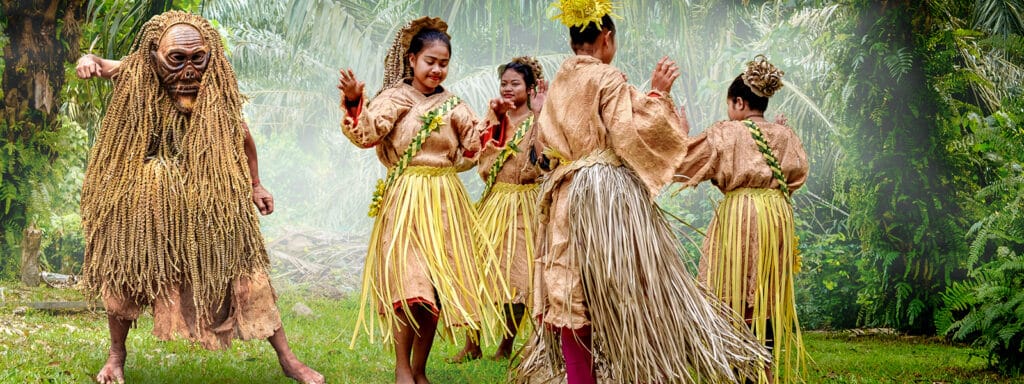
| Target Audience | The Mah Meri community of the Orang Asli in Malaysia. |
| Problem & Issue | The Mah Meri tribe is becoming less known in society due to modernisation, leading to a lack of support from the government and other groups. This makes it harder for them to sustain their culture and earn a living. |
| Goal | To boost awareness and recognition of the Mah Meri tribe by showcasing their art and culture, aiming to enhance cultural preservation and create economic opportunities through increased visibility and support. |
| Strategy (Concept & Idea) | Create a series of motion design that blend Mah Meri’s traditional art and culture with modern artistic elements to enhance the tribe’s visibility among modern audiences and attract support, thereby increasing awareness and support for the tribe. |
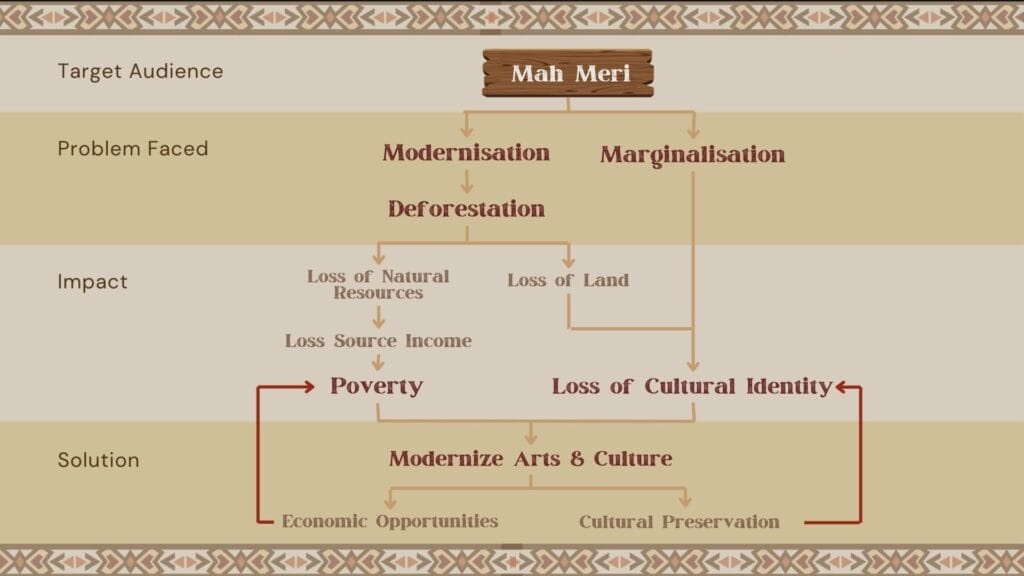
1. Opening Hook (Grab Attention)
- Relatable experience:
“If you’ve ever filled out a government form in Malaysia, you’ve probably seen the section where you have to tick your race—Malay, Chinese, Indian… and then there’s ‘Lain-lain’ (Others).” - Highlight the issue:
“In that one small box, all the indigenous tribes of Malaysia—the Orang Asli, the natives of Sabah and Sarawak, and so many other cultural identities—are grouped together as if they don’t matter as much. ‘Lain-lain’ makes them feel like an afterthought, as if their unique heritage and traditions are not significant enough to be recognised.” - Introduce the Mah Meri tribe:
“But within this ‘Lain-lain’ category, there is one tribe that stands out to me—the Mah Meri. Known for their intricate wood carvings, mysterious masked dances, and deep spiritual traditions, they have a cultural richness that deserves more recognition. Yet, like many other indigenous groups, their traditions are at risk of disappearing.” - Lead into the topic:
“Today, I want to talk about how we can change this. How we can take the Mah Meri culture out of the ‘Lain-lain’ shadow and bring it into the spotlight where it belongs.”
2. Setting the Context (Introduce the Issue)
- Brief introduction of the Mah Meri tribe:
“The Mah Meri people are one of the Orang Asli tribes in Malaysia, living primarily on Carey Island, Selangor. They are masterful artisans, famous for their wooden masks and sculptures, which are recognised as cultural treasures.” - Explain the problem of modernisation:
“But today, their traditions are slowly fading. As modernisation spreads, younger generations are moving away from their cultural roots, and fewer people are aware of the Mah Meri’s unique heritage.” - Connect it to the bigger issue:
“When a culture is forgotten, it’s not just traditions that disappear. It’s a loss of identity, wisdom, and centuries of knowledge passed down through generations.”
3. Identifying the Problem (Why It Matters)
- Explain the deeper issue:
“The Mah Meri struggle to preserve their culture because they lack visibility and support. They receive little government recognition, and without awareness, there’s little financial and educational backing to sustain their traditions.” - Show what’s at stake:
“If we don’t take action, their art, stories, and way of life could become nothing more than history in textbooks.” - Relate it to the audience:
“Imagine if your family traditions, your language, or even your festivals started disappearing simply because no one paid attention. That is what is happening to the Mah Meri today.”
4. Exploring the Issue (Deeper Insights)
- Give real-life examples of their struggles:
“Many younger Mah Meri are forced to seek jobs outside their villages, moving away from their roots because their cultural skills are not valued in modern society.” - Highlight the importance of their culture:
“But the Mah Meri’s traditions hold valuable lessons—not just in art but also in environmental conservation, storytelling, and spiritual beliefs that connect deeply with nature.” - Introduce a key question:
“So how do we bring their culture back into the public eye? How do we make sure their traditions don’t just survive, but thrive?”
5. Introducing the Solution (Your Project)
- Present the motion design project:
“This is where my project comes in. I am working on a series of motion designs that blend Mah Meri’s traditional art with modern digital techniques.” - Explain the idea behind it:
“By integrating their wooden mask designs, carvings, and cultural symbols into motion graphics and animations, we can introduce their art to new audiences in a fresh, engaging way.” - Why this approach works:
“People today, especially younger generations, consume digital media more than ever. By showcasing the Mah Meri’s culture through modern design, we make it more accessible and appealing to those who might not have encountered it otherwise.”
6. Showing Impact and Benefits (Why It Works)
- Explain how this will help the Mah Meri:
“If more people become aware of their traditions, there will be greater demand for their art and performances. This can lead to economic opportunities, encouraging the younger generation to preserve their heritage instead of abandoning it.” - Connect it to global goals (SDGs):
“This project also supports global efforts like SDG 10 (Reducing Inequalities) by giving the Mah Meri a stronger voice and SDG 15 (Life on Land) by promoting their eco-friendly traditions and sustainable living.” - Give a real-world application:
“Imagine Mah Meri artwork being displayed in schools, museums, and on social media. Imagine their traditions being documented in animations that can be shared worldwide.”
7. Call to Action (Encourage Support)
- Inspire the audience to act:
“Cultural preservation isn’t just the responsibility of governments or historians. It’s up to all of us to recognise and appreciate the rich traditions around us.” - Give practical ways they can help:
- “Support indigenous art by buying directly from Orang Asli artists.”
- “Share their stories on social media so more people learn about them.”
- “Encourage cultural education in schools so younger generations understand their own country’s diversity.”
- Ask a thought-provoking question:
“What if, instead of ‘Lain-lain’, we saw and celebrated each of these unique cultures for what they truly are—an irreplaceable part of Malaysia’s identity?”
8. Closing Thought (Final Reflection)
- Leave a powerful message:
“Culture is not just history—it is alive, breathing, and evolving. But it can only survive if we pay attention.” - End on a hopeful note:
“Through motion design, we can keep the Mah Meri’s stories alive. We can give them the recognition they deserve. And maybe, one day, no culture in Malaysia will ever be reduced to just ‘Lain-lain’ again.”
